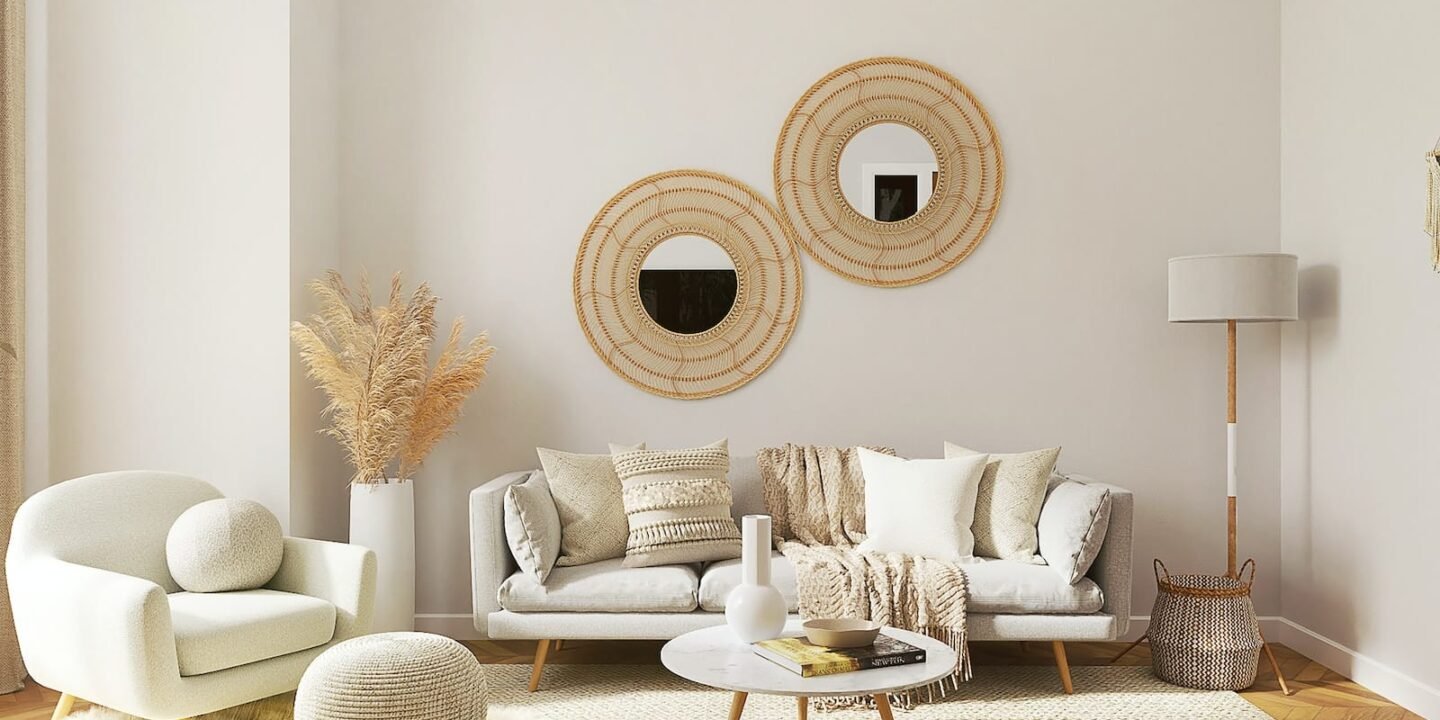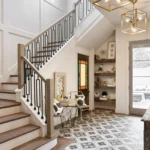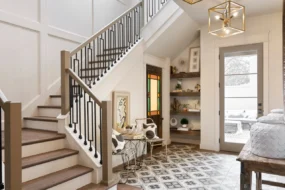
Introduction
Your home isn’t just where you live — it’s where you feel. The colors on the walls, the way natural light pours through the windows, and even how your furniture is arranged all play a major role in your mental well-being. In recent years, scientists and psychologists have been exploring the link between interior design and mental health — and the results are fascinating.
If you’re planning a remodel, you have a golden opportunity to create a space that doesn’t just look beautiful but actively supports your mood, lowers stress, and boosts focus and happiness. This guide will show you how to remodel with psychology in mind so your home becomes a sanctuary for your mental wellness.
Chapter 1: The Psychology of Space
The way your home is laid out can affect how you feel day to day. For instance, cramped or cluttered rooms can lead to feelings of stress and anxiety, while open and organized spaces encourage calmness and clarity.
The Science of Layout:
- Open Floor Plans: Promote social interaction, natural flow, and reduce feelings of isolation.
- Zoning Spaces: Having a specific place for work, relaxation, and hobbies helps your brain switch modes easily.
- Decluttering: A clutter-free space reduces mental load and boosts productivity.
Chapter 2: The Role of Color Psychology
Colors are one of the most powerful mood influencers. During your remodel, the shades you choose can transform how you feel in each room.
Mood-Boosting Colors:
- Blue & Green: Calming and restful, perfect for bedrooms and bathrooms.
- Yellow: Energizing and cheerful, great for kitchens or breakfast nooks.
- Earth Tones: Promote stability and warmth in living areas.
- Soft Neutrals: Give a sense of spaciousness and peace, making rooms feel open.
Avoid overly harsh or dark colors in small spaces, as they can feel suffocating.
Chapter 3: Let There Be (Natural) Light
Light is a natural antidepressant. When remodeling, think about how to maximize natural light:
- Install larger windows or skylights where possible.
- Use mirrors to reflect daylight deeper into a room.
- Choose sheer curtains instead of heavy drapes to keep things bright.
If natural light is limited, invest in full-spectrum LED lighting that mimics daylight to keep your circadian rhythm balanced.
Chapter 4: Biophilic Design — Bringing Nature Indoors
Humans have an innate connection to nature, and biophilic design taps into this.
- Add Houseplants: Studies show they lower stress and improve air quality.
- Natural Materials: Choose wood, stone, and linen over plastic and synthetic materials.
- Water Elements: Small fountains or aquariums add a calming sensory effect.
Chapter 5: Sensory Design for a Balanced Mind
Mental health is affected by all your senses — not just what you see.
- Sound: Add soundproofing or white noise machines to reduce stress from outside noise.
- Smell: Incorporate subtle diffusers with calming scents like lavender or eucalyptus.
- Touch: Soft textures like rugs, throws, and cushions create a sense of comfort.
Chapter 6: The Minimalism–Comfort Balance
Minimalist design has been trending for years, but going too minimal can make a home feel cold and unwelcoming. Aim for warm minimalism:
- Keep surfaces clear but display a few personal items that spark joy.
- Use cozy textiles and warm lighting to make the space inviting.
Chapter 7: Creating Mental Health Zones
During your remodel, carve out micro-spaces that encourage mental well-being:
- Meditation or Reading Nook: A quiet corner with a comfortable chair.
- Wellness Bathroom: Add dimmable lights, aromatherapy diffusers, and a rainfall shower.
- Creativity Space: A table or wall for art, crafts, or hobbies to boost emotional expression.
Conclusion
Your remodel is a chance to create more than just a “nice-looking” home — you can create a space that supports mental clarity, joy, and peace. By using color psychology, natural light, biophilic elements, and thoughtful layouts, you can transform your home into a true sanctuary for your well-being.








